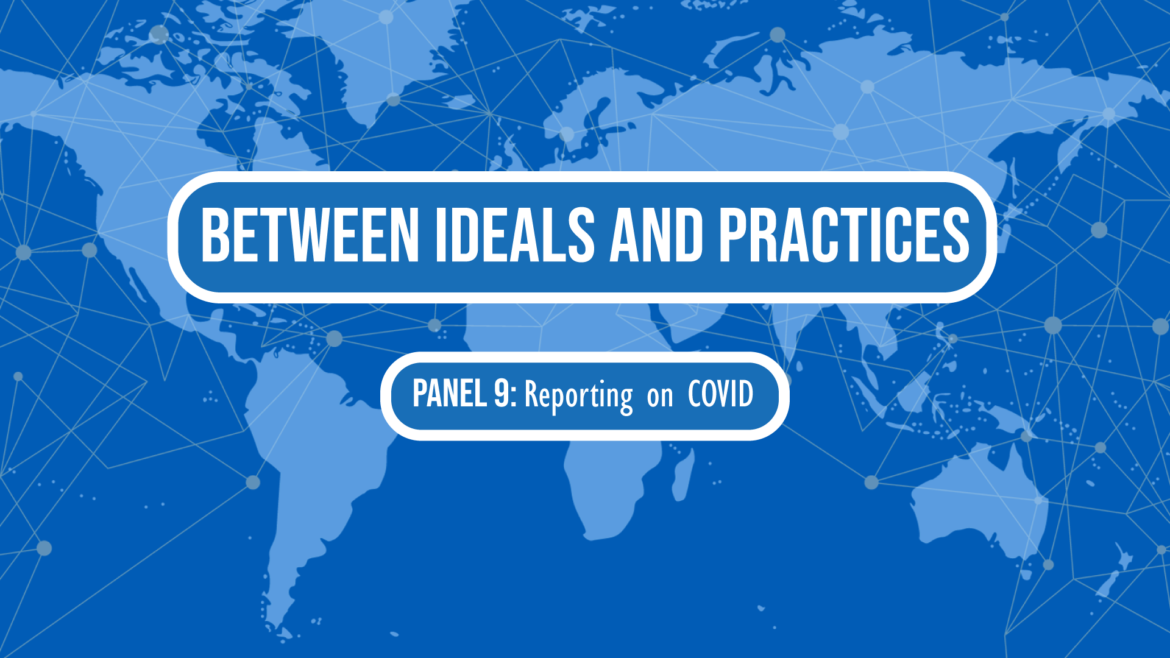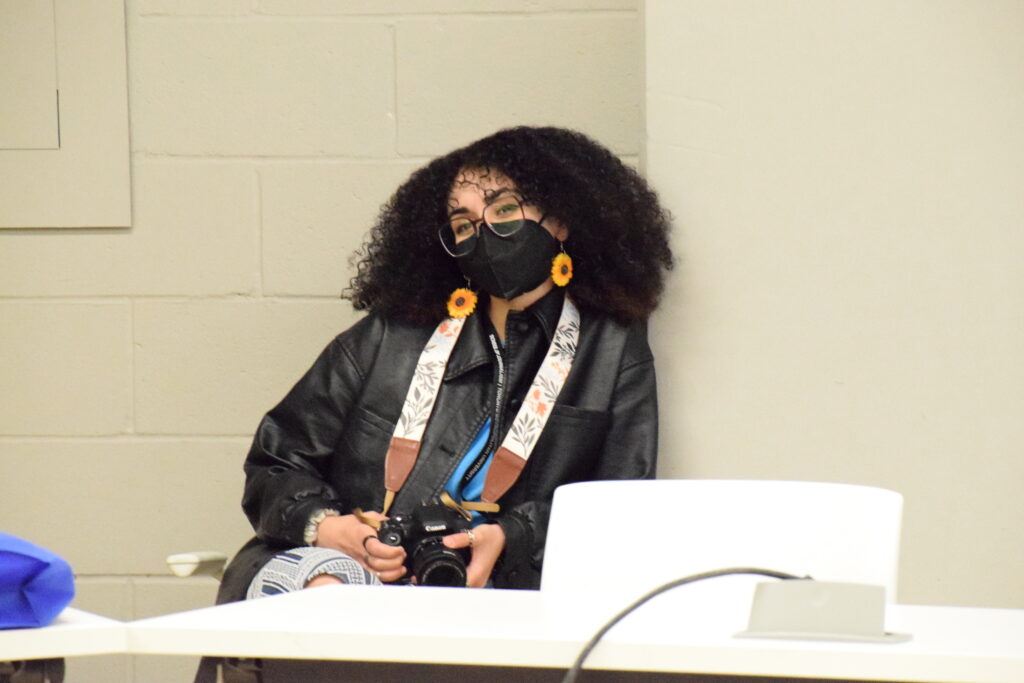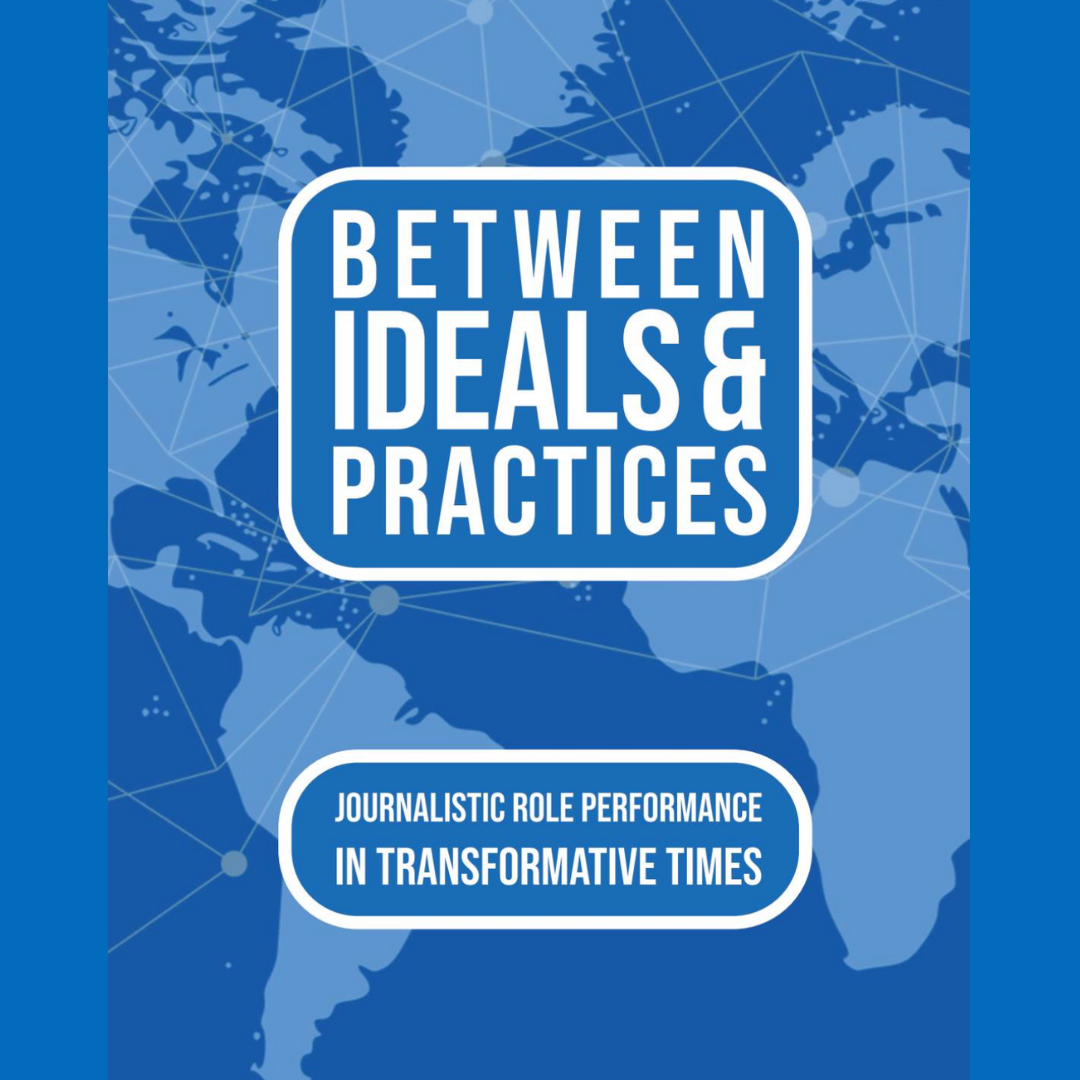This panel explores the impact of the COVID-19 pandemic on journalistic roles. The first study presented finds that UK journalists used more of their personal voice, placed more emphasis on the service role, and minimized infotainment. Comparing sourcing practices in Egypt and the UAE, the second presentation shows that UAE journalists had better access to official sources than their Egyptian counterparts, affecting transparency. The third presentation examines how the Australian government’s response to the pandemic influenced journalistic roles. The last presentation discusses how journalists from Egypt, Jordan, Libya, and Tunisia face severe censorship, with governments spreading misinformation and doing little to support independent media.
Patterns of journalistic role performance during public health crises: Covering the COVID-19 pandemic in the UK: Presenter(s): Xin Zhao, Bournemouth University. Additional Author(s): Jamie Matthews, Bournemouth University, Daniel Jackson, Bournemouth University, Claudia Mellado, Pontificia Universidad Católica de Valparaíso, Antje Glück, Bournemouth University, Yasser Abuali, Bournemouth University, Einar Thorsen, Bournemouth University
Transparency or infodemic? A comparative analysis of journalists’ sourcing practices in reporting COVID-19 in Egypt and the UAE: Presenter(s): Rasha El-Ibiary, Future University in Egypt; Maha Abdulmajeed, Ajman University
Role performance in Australian journalism during the COVID-19 pandemic: Presenter(s): David Nolan, University of Canberra, Jee Young Lee, University of Canberra. Additional Author(s): Kieran McGuinness, University of Canberra, Kate Holland, University of Canberra, Monique Lewis, Griffith University
A critical analysis of journalists’ freedom of expression and access to information while reporting on COVID-19 issues: a case of selected Arab countries: Presenter(s): Miral Sabry AlAshry, Future University in Egypt






